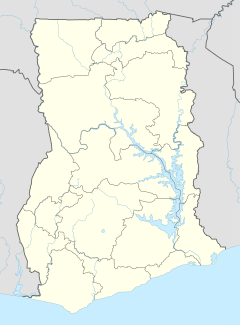
Herman Willem Daendels was a Dutch revolutionary, general and politician who served as the 36th Governor General of the Dutch East Indies between 1808 and 1811.

The Dutch Gold Coast or Dutch Guinea, officially Dutch possessions on the Coast of Guinea was a portion of contemporary Ghana that was gradually colonized by the Dutch, beginning in 1612. The Dutch began trading in the area around 1598, joining the Portuguese which had a trading post there since the late 1400s. Eventually, the Dutch Gold Coast became the most important Dutch colony in West Africa after Fort Elmina was captured from the Portuguese in 1637, but fell into disarray after the abolition of the slave trade in the early 19th century. On 6 April 1872, the Dutch Gold Coast was, in accordance with the Anglo-Dutch Treaties of 1870–71, ceded to the United Kingdom.
Bartels is a German and Dutch patronymic surname. The given name Bartel is a vernacular shortform of Bartholomeus. Notable people with the surname include:
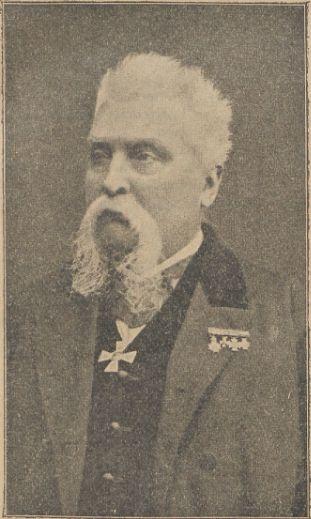
Cornelis Johannes Marius Nagtglas was a Dutch politician and civil servant, who made a career in the administration on the Dutch Gold Coast. After originally beginning his career at the advanced age of 36, he was promoted through the ranks to eventually become Governor of the Dutch Gold Coast in 1858. He retired to the Netherlands in 1862, but returned to the Gold Coast as governor in 1869, to restore order in the embattled colony. In 1871, he left the Gold Coast again, one year before the transfer of the colony to the United Kingdom.
Cornelius Ludewich Bartels was a military and colonial officer of German origin employed by the Dutch West India Company. He rose through the ranks and eventually became Governor-General of the Dutch Gold Coast in 1798.

Carel Hendrik Bartels was the wealthiest and most important Euro-African trader and businessman on the Dutch Gold Coast in the second quarter of the nineteenth century. Apart from his entrepreneurial activities, Bartels was also a judge and member of the colonial government in Elmina, making him one of the most important men in town.
The Dutch–Ahanta War was a conflict between the Netherlands and the Ahanta between 1837 and 1839. Beginning with a mere economic dispute between the Ahanta and the Dutch, who were based at the Dutch Gold Coast, the conflict ended with the hanging of Ahanta king Badu Bonsu II and the reorganization of the Ahanta state, establishing a Dutch protectorate over the Ahanta.
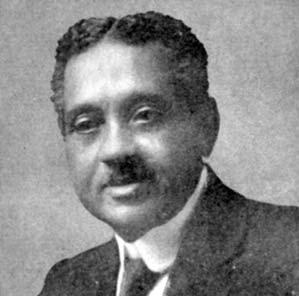
Henry van Hien was a Gold Coast merchant, politician, and nationalist leader.
Anthony van der Eb was a Dutch civil servant, who made a career in the administration on the Dutch Gold Coast.
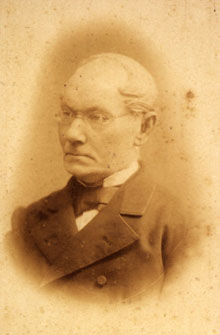
Willem George Frederik Derx was a Dutch civil servant, who made a career in the administration on the Dutch Gold Coast.
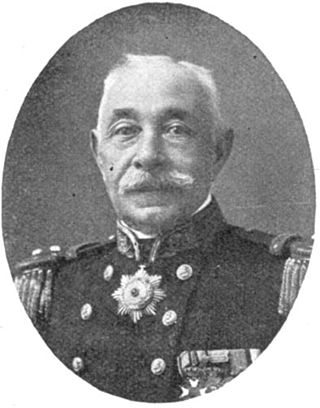
Willem Jan Derx was a vice admiral of the Royal Netherlands Navy.
Gold Coast Euro-Africans were a historical demographic based in coastal urban settlements in colonial Ghana, that arose from unions between European men and African women from the late 15th century – the decade between 1471 and 1482, until the mid-20th century, circa 1957, when Ghana attained its independence. In this period, different geographic areas of the Gold Coast were politically controlled at various times by the Portuguese, Germans, Swedes, Danes, Dutch and the British. There are also records of merchants of other European nationalities such as the Spaniards, French, Italians and Irish, operating along the coast, in addition to American sailors and traders from New York, Massachusetts and Rhode Island. Euro-Africans were influential in intellectual, technocratic, artisanal, commercial and public life in general, actively participating in multiple fields of scholarly and civic importance. Scholars have referred to this Euro-African population of the Gold Coast as "mulattos", "mulatofoi" and "owulai" among other descriptions. The term, owula conveys contemporary notions of "gentlemanliness, learning and urbanity" or "a salaried big man" in the Ga language. The cross-cultural interactions between Europeans and Africans were mercantile-driven and an avenue to boost social capital for economic and political gain i.e. "wealth and power." The growth and development of Christianity during the colonial period also instituted motifs of modernity vis-à-vis Euro-African identity. This model created a spectrum of practices, ranging from a full celebration of native African customs to a total embrace and acculturation of European culture.
Hendrik Doijer Jzn was a Dutch politician, who first made a career in the administration on the Dutch Gold Coast and who became interim governor during the European leave of governor Henri Alexander Elias on 13 June 1864, upon the death of his interim predecessor Carel van Hien. He later became mayor of Zoeterwoude and Woerden.
Martinus Swarte was a Dutch colonial administrator on the Gold Coast. He was interim commander in 1833.
Johannes Oosthout was a colonial administrator on the Gold Coast, who served as acting commander of the Dutch Gold Coast between 2 January 1820 and his death on 29 August 1821.
Johannes Petrus Hoogenboom was a colonial administrator on the Gold Coast, who served as acting governor-general of the Dutch Gold Coast between 21 July 1807 and his death on 4 August 1808.
Jan Frederik König was a colonial administrator on the Gold Coast, who served as acting commander of the Dutch Gold Coast between 4 August 1808 and 23 February 1810.
Johan David Carel Pagenstecher was a colonial administrator who served as acting commander of the Dutch Gold Coast.
Hubertus Varlet was a Dutch architect and colonial administrator, who served on the Dutch Gold Coast. In his capacity as master of works and stores, he rebuilt Fort Crèvecoeur in Accra in 1839. Following the promotion of Anthony van der Eb to governor of the Dutch Gold Coast, Varlet succeeded him as the second vice governor for the Ahanta protectorate, which the Dutch had proclaimed following the conclusion of the Dutch–Ahanta War.

